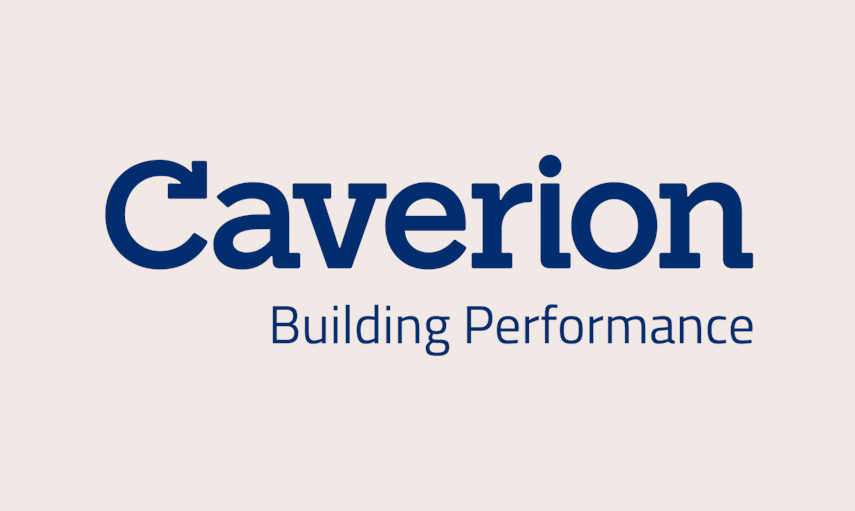Demand Response and Grid Flexibility help you reduce energy costs and emissions
Smart buildings are buildings that are capable of adjusting their energy use based on the price and availability of renewable energy in the grid.
Is your building capable of automatically adjusting its energy consumption and storing energy? Develop your building towards a smart building and you can reduce energy, costs and emissions.
A smart grid ensures that your properties are energy-efficient
Balancing the demand and supply of energy has previously been carried out entirely on the supply side. Utility companies increased or decreased their production based on changes in demand.
However, the rise of renewables leads to more volatility on the supply side, which needs to be responded to on the demand side. We need resilient smart grids that enable the flexible real-time production and use of energy.
Develop a smart building to automatically adjust energy consumption and store energy
Smart buildings increase the flexibility of the grid as they help balance energy generation and load. Smart buildings can reduce their use of energy when there is little solar, wind or other renewable energy available.
Smart buildings can also store energy in batteries when supply is plentiful and either consume it later or release it back to the grid. The building management system communicates with the grid and controls building technologies desired energy level with minimal impact on users.
To optimise their impact, these decisions can be made by artificial intelligence (AI).
Maximise the benefits of demand response in your property
Our experts will help you calculate the flexibility potential that can be achieved in your property without compromising optimal indoor conditions.
In order to achieve optimal performance, it is important that forecasts and analytical models are regularly reviewed. We can for example optimise your energy usage automatically based on energy prices and weather forecasts.
The analytical models we are using are based on the Caverion wide building technologies expertise. By using the Caverion Building Management System to holistically control your building, you are effectively guaranteeing the maximum benefits of demand response.
Demand response can be used in both electricity and district heating. In district heating the advantage goes mainly to the district heating company as the price of heating is still nowadays often the same regardless of time. In addition to demand response, Caverion BMS handles peak power limiting. If the district heating is not produced using renewables, demand response decreases your property’s emissions.
When using electricity, the property's electricity consumption can be optimized to automatically minimize usage during expensive hours. If the property has energy storage or production, they can be used to minimize purchase energy during expensive moments. You can observe the progress and savings easily with Caverion SmartView.
Do you want to know more?
Related services
We help our customers succeed
Contents you might be interested

Caverion to deliver process electrical and instrumentation installations in the Stora Enso Oulu mill
The work is related to the project, where one of the production lines in the Oulu mill is converted into a consumer packaging board line.
Read more...
The arbitral tribunal has confirmed Crayfish BidCo Oy’s redemption right over Caverion Corporation’s minority shares and trading in the Caverion shares will be suspended
The arbitral tribunal has confirmed Crayfish BidCo Oy’s redemption right over Caverion Corporation’s minority shares
Read more...


